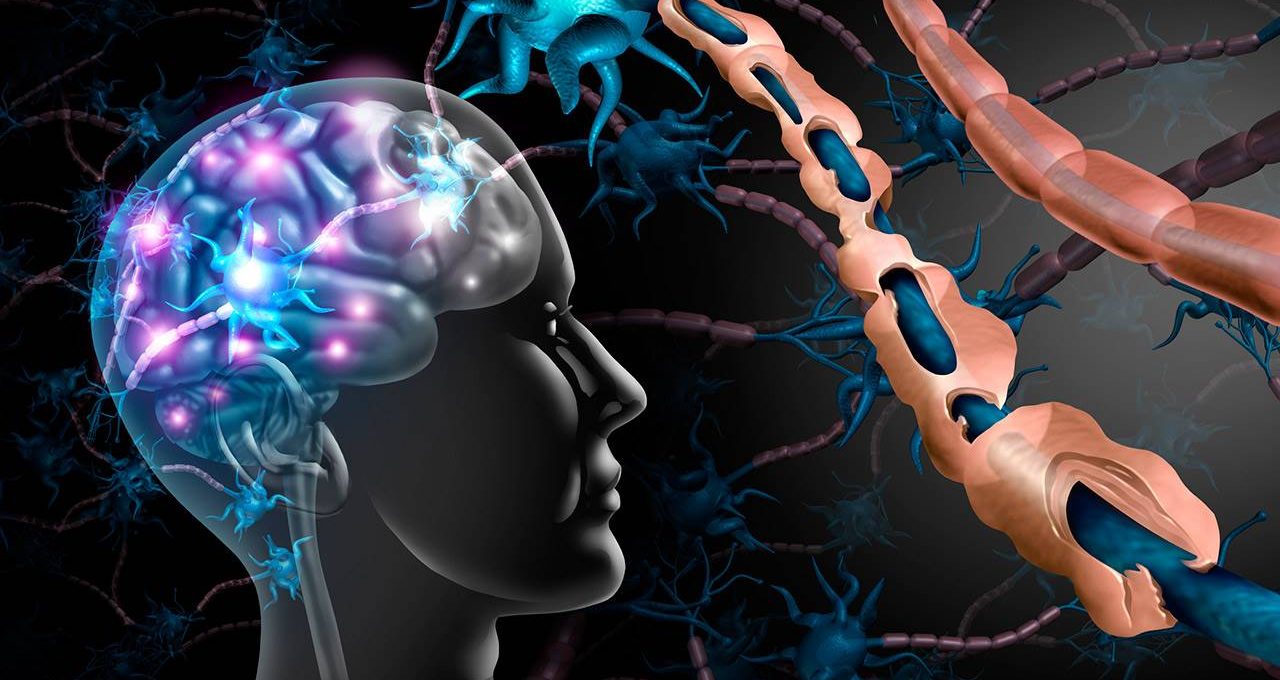
Neuroplasticity can be broadly defined as the capability of the nervous system to respond to intrinsic or extrinsic stimuli by reorganizing its structure, function and connections. It can result in (i) adaptive changes when associated with a gain in function or (ii) maladaptive changes when associated with loss of function. At the synaptic level, long-term potentiation (LTP) and long-term depression (LTD) of synaptic transmission efficiency is considered a fundamental model of neural plasticity. GABAergic and glutamatergic system (NMDA receptors) are fundamental in controlling these processes; therefore, it is possible to argue that a brain excitatory-inhibitory desequilibrium could affect the neuroplasticity. In neurodegenerative diseases, it has been suggested that interplay between neuroplastic reserve, aging, and the neurodegenerative process may determine the clinical expression of the disease and perhaps even its severity. Although ALS mouse models have documented dysfunction on LTP prior to disease onset, studies exploring the neuroplasticity reserve in ALS patient are scarce and incomplete from a methodological perspective. Therefore, the primary goal of this study is: To evaluate the cortical plasticity reserve in patients with ALS and it relationship to clinical features and functional and structural brain changes during early stages and disease progression.Overall, we expect that the results of this project will provide critical insight into the dynamic biomarkers of cortical dysfunction, and in turn, will aid stratification of patients for novel targeted treatment therapies, such as stem cell injections or local gene therapy.
PI: José Manuel Matamala
CO-I: Agustin Ibañez
Support: ANID/Fondecyt